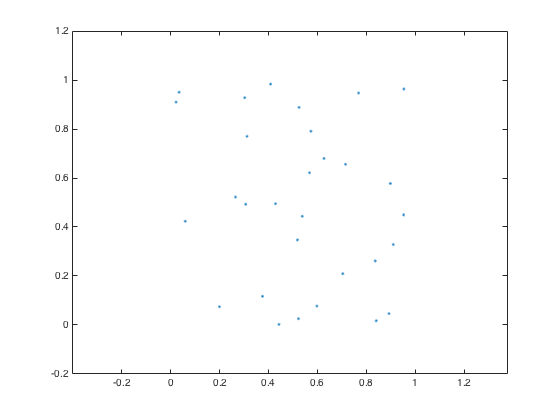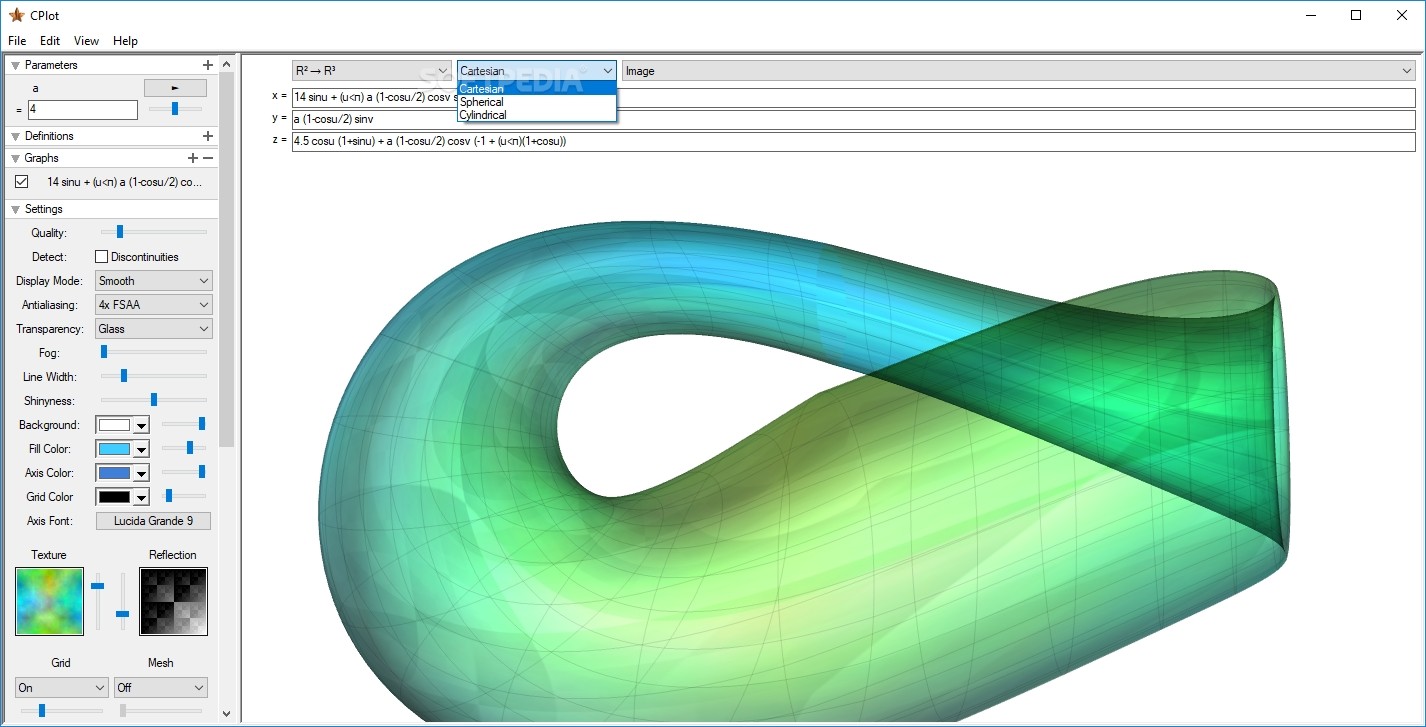

The straight line at the bottom is called the "line of purples" and to get its xy coordinates in the diagram, you can simply trace a straight line between the point that corresponds to 380 nm (blue-violet) and the one for 730 nm (extreme red). The BlackBodyRadiation function approximates luminance and chromaticity of a black body radiation emitted at the given temperature. """for each wavelength of the CMFs, you will replace X, Y, Z by x_bar, y_bar, z_bar here."""ĮDIT I forgot to mention that the spectrum locus is only the curve part of the limit. Two sets of colorimetric data, CIE 1931 10 observer data, are provided, from 360 to 830 nm, sampled at 5 nm. Use plotChromaticity () function in MATLAB 2017b and above. (I originally planned to post this a few months ago, but I got sidetracked writing about colormaps.)The first new function is called boundary, and it is in MATLAB. The gamut boundary is based on CIE Standard Colorimetric Observer Data. Today I'll show you one way to visualize the sRGB color gamut in Lab space with assistance with a couple of new functions introduced last fall in the R2014b release. This work performs an optimization procedure based on a novel. 5 that extends an image's color gamut for use on wide-gamut displays. The coordinates of the spectrum locus (the limits of the human observer's gamut) are, for each wavelength, the xy coordinates that you will obtain from the XYZ to Yxy transformation, which goes, for ex. The CIE chromaticity diagram represents a CIE XYZ color space projection to xyY and its approximated RGB color gamut defined by a working color space. The first is the recent gamut-extension method by Zamir et al. here: then check CMFs and pick one file to download. To get the points in the CIE xy 1931 chromaticity diagram that you put in your message, you have to apply the conversion XYZ to Yxy to the 3 color matching functions x_bar, y_bar and z_bar that you will find in the standard's observer CMF data, for ex. Also note that an srgb display cant display the whole gamut so the colors out side. this seems to be a not-so-good formulation of a valid question.Īs boscarol pointed it out, the boundary of the human gamut is determined by the "color matching functions" that you will decide to use, which refer to the type of "standard observer" you need, i.e., 2° (1931, often used) or 10° (1964, a bit rare), or something new like proposed 2006 observers (2° or 10°) Monochromatic colours form the locus of the plot (the. You can get arbitrarily close to instantaneous and still expect meaningful chromaticity, within the bounds of precision, so the limit as the sampling bandwidth goes to 0 is the ideal spectral locus, even if it disappears at exactly 0.Mmm. Instead, they're narrow bands of the spectrum near their wavelengths. The use of sampling means that the spectrums for the monochromatic sources are not taken to be instantaneous values. The simplest explanation is that Y at the base of the shape is actually ever-so-slightly greater than zero. However, that then raises the question: how do they have chromaticity at all, since the other two functions should also be 0?

This now makes some sort of sense, since they are monochromatic colors, and their spectrums should consist of a single point, and thus when you take the integral over a single point you'll always get 0.

Set the pixels at the xy locations to the RGB values. You may want to increase the luminance by multiplying all the numbers by a constant or something first. Convert to RGB - you will need a function called something like XYZtoRGB (there is a python module, or use the transform on wikipedia). Representing Color Capability Humans' perception of color is complex. Find the z value for a fixed luminance by z 1 - x - y. It's identical to the rendering I had produced a few hours earlier, and trying to figure out why it didn't make sense is, in part, what led me here.įor readers: the rendering is what results when you convert from, i.e. The chromaticity diagram shows a set of primaries' color reproduction potential, but the gamut rings plot makes plain the display's real color performance.
Matlab cplot gamut on xy crhomaticity Patch#
I happened upon this question while searching for a slightly different but related issue, and what immediately caught my eye is the rendering at the top. This MATLAB function plots on a chromaticity diagram the measured and reference colors, colorTable, for color patch regions of interest (ROIs) in a test.


 0 kommentar(er)
0 kommentar(er)
